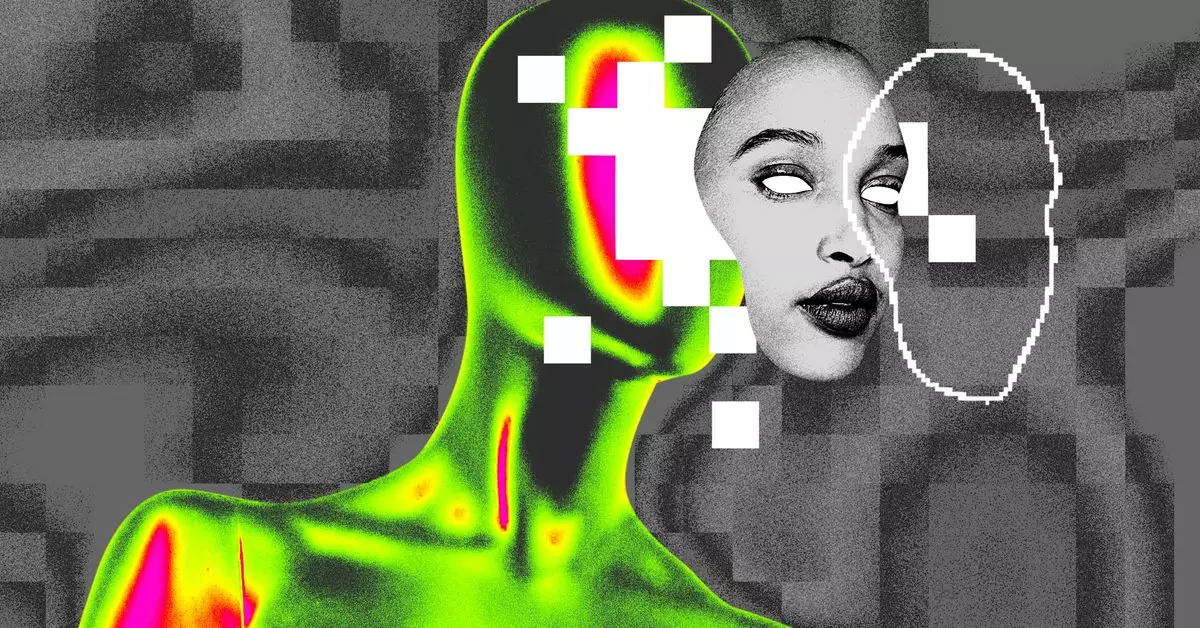As the digital landscape continually evolves, social media platforms face mounting pressure to address their impacts on user mental health. TikTok, a major player with a rapidly growing user base, has recognized the need for responsible engagement, especially among its younger audience. Amid increasing scrutiny over the effects of digitally altered images, TikTok has implemented age restrictions on certain beauty filters. These changes not only aim to protect vulnerable users but also highlight the platform’s commitment to fostering a healthier online environment.
TikTok’s decision to limit access to certain beautifying filters stems from alarming findings presented in a report by Internet Matters, an organization dedicated to online safety for children. The report underscored how appearance-altering filters, like the widely used Bold Glamour filter, create unrealistic beauty standards that can distort self-image and lead to mental health issues, especially in adolescents. With teenagers exposed to these altered portrayals of beauty, the risk of developing anxiety and depression increases, making this initiative not just beneficial but necessary.
The filters in question enhance users’ features to the point of creating an unattainable ideal, which can be damaging when youths are frequently unable to identify which images have been edited. By placing restrictions on these effects for users under 18, TikTok is taking a proactive stance against the normalization of such perfected images, which can lead to unhealthy comparisons and social pressure.
The new measures will prevent users under 18 from utilizing several sophisticated beauty filters while allowing “obvious and funny” effects, such as those that add cartoonish features or exaggerate physical traits, to remain accessible. This selective restriction reflects TikTok’s recognition of the nuanced experiences of users, distinguishing between harmless playfulness and potential harmful influence.
In addition to the filter restrictions, TikTok is set to roll out new resources designed to assist users facing crises related to mental health, including suicide and self-harm. This initiative, aimed at providing support across 13 European countries, demonstrates TikTok’s endeavor to connect its community to local helplines, ensuring that aid is readily available when needed.
Christine Grahn, TikTok’s head of European public policy, encapsulated the platform’s commitment by stating, “There’s no finish line when it comes to safety and security.” This sentiment reinforces the idea that addressing mental health concerns is an ongoing challenge that requires adaptability and responsiveness. By cultivating partnerships with experts and continuously learning from its user community, TikTok is pushing towards a more secure and supportive digital ecosystem.
Moreover, the platform’s initiative to investigate machine-learning technologies that can detect ages of users reflects a comprehensive approach to the issue at hand. TikTok plans to actively monitor and manage accounts to ensure compliance with its age requirements, signaling a strong stance against underage use of the platform.
TikTok’s recent measures represent a significant step towards not only prioritizing user safety but also addressing larger societal concerns surrounding mental health and digital image distortion. As issues related to adolescent mental health receive more attention, platforms like TikTok will face both challenges and opportunities in shaping a digitally responsible community. The impact of online interactions on younger users cannot be underestimated, and by reevaluating its policies on beauty filters and addressing mental health resources, TikTok is, arguably, taking its first steps towards ensuring a more positive influence in the lives of its users.
In a world where social media can amplify both self-expression and self-doubt, it’s crucial for platforms to cultivate a space that encourages authenticity over perfection. TikTok’s actions could serve as a blueprint for other social media platforms, signaling a shift toward more conscientious user engagement.


Leave a Reply